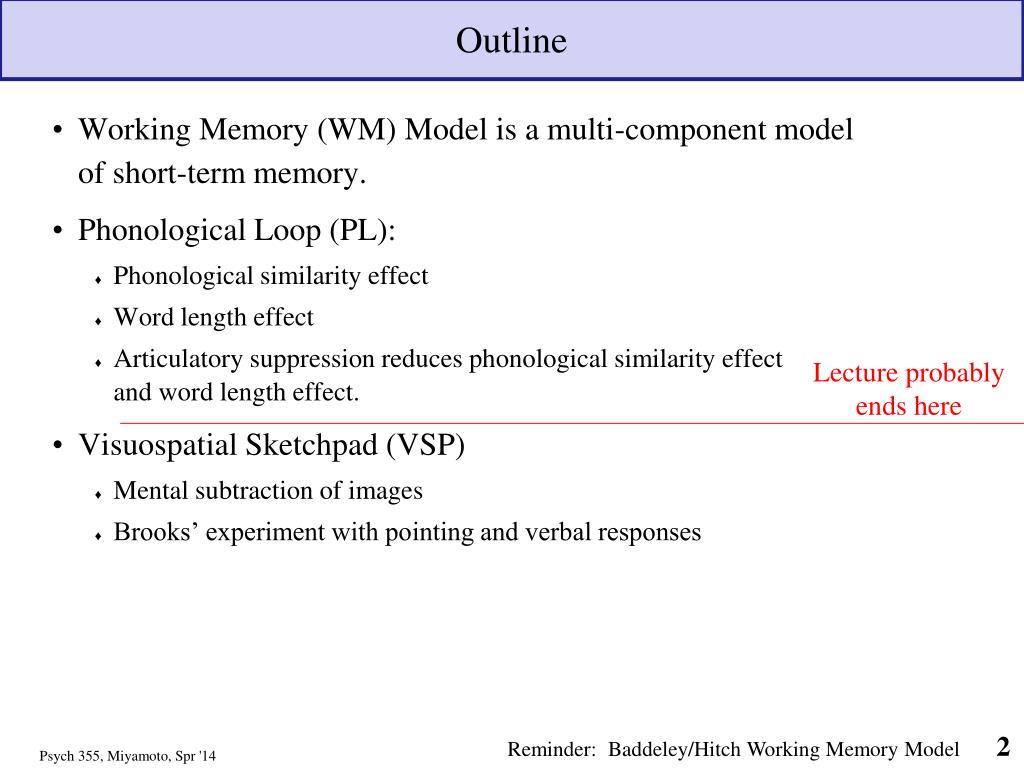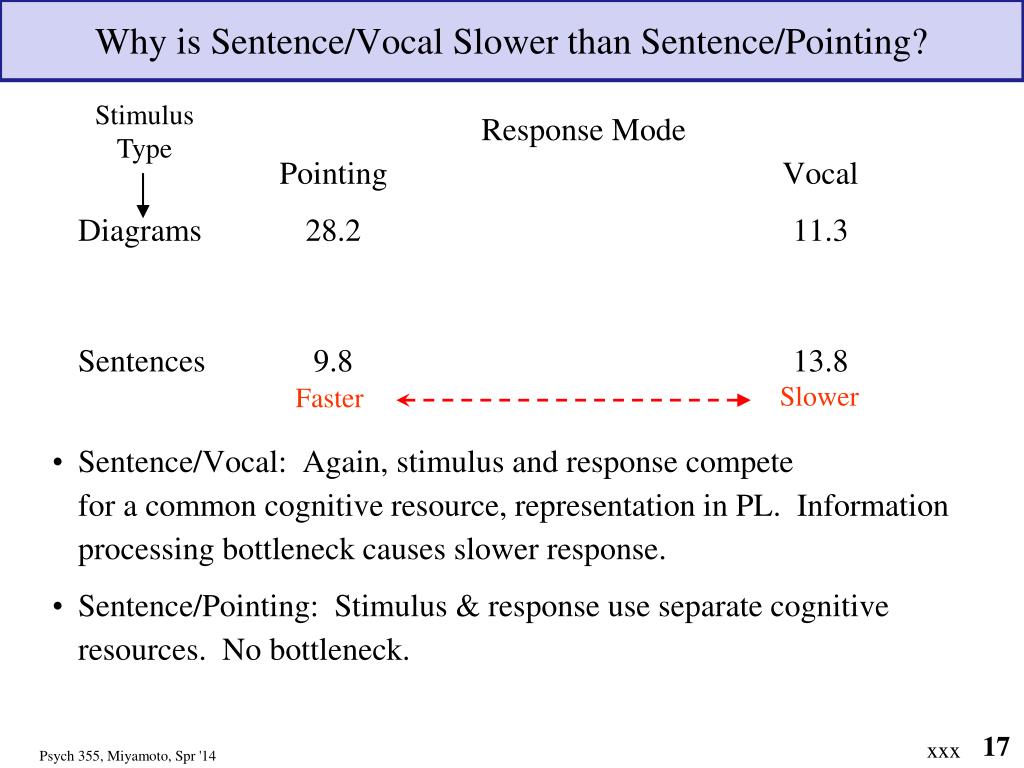

This Can Lead To Poorer Recall Performance. When describing the phonological loop, the term “SMT” is used because it consists of two major components: a speech-based phonological input store and a rehearsal process (see Baddeley, 1986, for more details). What Are The Two Components Of The Phonological Loop?

While new words are being added to your long-term internal ‘word dictionary, your browser keeps a record of them. Learning and expanding our vocabulary is made possible by our phonological loop. As a result of this, we can process data and plan our actions in our environment. This is the part of working memory that is responsible for handling visual and spatial information. The Visuospatial Sketchpad: How It Helps Us Process Information In Our Environment Along with mental arithmetic and problem-solving, it also engages in cognitive tasks. What Controls The Phonological Loop?Ī central executive manages the entire system (e.g., the boss of working memory) and allocates data to the subsystems phonological loop and visuospatial sketchpad. What is the phonological loop? What are the parts? What are its functions? The auditory store decays quickly and hold only auditory information for 2 seconds at a time unless they are rehearsed. What is phonological loop and how can you find one? The phonological loop is made up of two processes: the phonological loop and the articulatory loop. The auditory information section of the WMM is concerned with. It aids in the quick retention of information by keeping it in phonological loops. The articulatory loop, in essence, reactivates or “refreshes” representations that are rapidly decaying in a store. The store will keep auditory information alive for 2 seconds unless it is rehearsed. The phonological store is a structure that stores temporarily auditory information made up of a fast-decaying store and an articulatory loop. The phonological store is activated or refreshed through the articulatory loop through which inner speech is used to reactivate or refresh the representations. Phonological stores, in addition to holding auditory information, are a short decaying storage device that is designed to hold working memory. A phonological store contains an articulatory loop, which is used temporarily to store verbal information. It is used as the central executive’s storage system, so information integration will be impossible unless it is integrated with other systems.Īudiological loops are a component of the WMM that deals with auditory information. What Connects The Phonological Loop And Visuospatial Sketchpad? Credit: PBworksĮpisodic buffer integrates information from phonological loops and visuospatial sketchespads, but also from long-term memory in a logical loop. It is assumed that the phonological loop manipulates speech-based information, whereas the visuospatial sketchpad manipulates visual images. What Is The Difference Between The Phonological Loop And The Visuospatial Sketchpad? Credit: SlideServe The two systems are separate but interconnected, and they work together to help us remember information. The visuospatial sketchpad is responsible for storing and manipulating visual information, while the phonological loop stores and processes auditory information. The visuospatial sketchpad and phonological loop are both components of working memory, but they serve different functions.


 0 kommentar(er)
0 kommentar(er)
